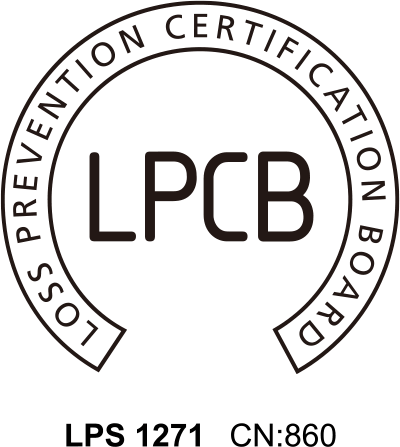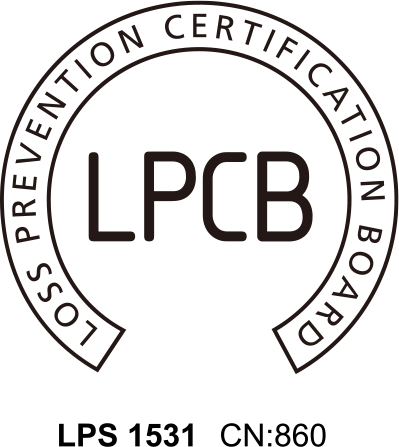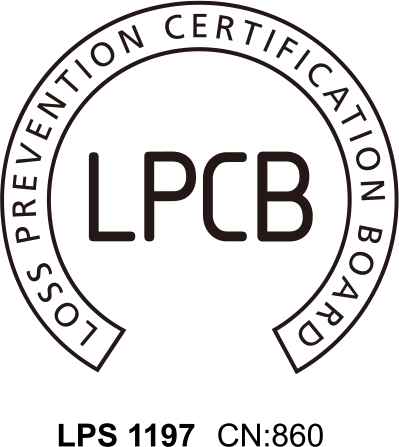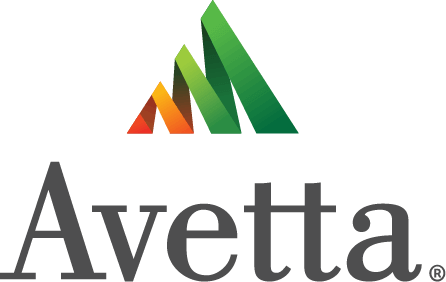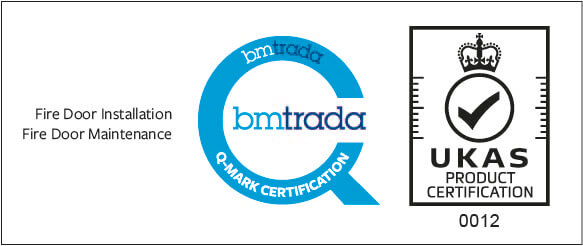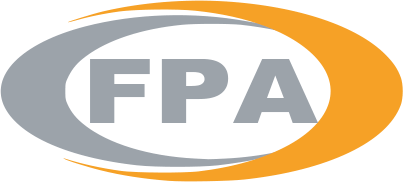Why do my Buildings Need Firestopping?
It’s a question we have answered before, but one we think is always worthy of reiterating. What makes firestopping SO important to a building’s safety strategy?
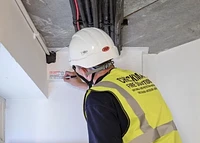
Smoke and toxic gases claim more lives in fires than the flames themselves. Though sprinkler systems can suppress flames, they often contribute to an even deadlier danger – smoking debris. Unless contained, smoke and other airborne pathogens will travel through a building at 120 – 420 feet per minute, devouring all breathable air.
The best way to answer “Why firestopping?’ in the first instance, is by looking at the statistics.
- 75% of all fire related deaths are caused by smoke inhalation
- Over half these deaths occurred in rooms where the fire did not originate
- Smoke can fill a 20 by 20 by 20-foot room through a pencil sized hole in less than 4 minutes
Firestopping is required to maintain the structural compartmentation, where the building’s services penetrate the walls and floors.
What is Compartmentation?
Fire compartmentation in buildings is generally provided by separating elements such as walls, floors and ceilings. It is designed to protect people in and around the building, including fire and rescue personnel, from the effects of the spread of fire. This is done by containing it in the compartment of origin for a specified time-period.
Compartmentation (or fire rated barriers) subdivides buildings into areas of manageable risk to facilitate adequate means of escape, and to provide fire separation for adjoining buildings.
Why is This Relevant to Me?
If you are involved in the management of an estate of any size, it is important to know what is going on in your building, and to keep an eye out for any changes in the fire-rated barriers that may weaken their integrity and inhibit their ability to protect the building in the face of a fire.
If you’re a building manager or have been deemed as the ‘responsible person’, you will share liability for the firestopping compliance and the functionality and maintenance of its operation when/if it's needed in a fire - and that liability will still be there in the event of a tragedy. It is your responsibility to ensure the materials are installed as per the tested fire stopping systems and that the appointed contractor can prove competency for these systems.
With the introduction of the new Building Safety (England) Regulations, maintaining compliance of your buildings is no longer simply a duty of care or voluntary - it's a legal obligation.
Putty Pads - the ‘Forgotten’ Life Saver
But fire stopping isn’t always simple.
As written by the ASFP, “the fire resistance of separating elements may be compromised by the addition of ‘partial penetrations such as down-lighters, electrical sockets and switches, and sound systems. In fire conditions, a premature failure may occur due to the fittings permitting a more rapid ingress of heat into the cavity of the wall partition, floor or ceiling.
Partial penetration fire-stopping devices are used to prevent the passage of fire through part of the separating element and usually comprise electrical socket box inserts, putty pads, intumescent pads, downlighter covers, fire protection hoods/boxes, conduit fillers, etc.
Whatever system is used, it is vital that it has been demonstrated by test and/or assessment so that the overall fire performance of the wall, partition, floor or ceiling will not be compromised.”
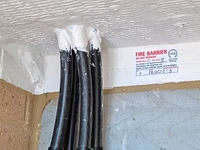
Next Steps
An inspection or survey is always a good place to start, so you know what you’re dealing with.
Our buildings must be compliant by law, and one of the only ways to make that happen, is to invest in the more granular fire risk inspection. The journey to total compliance should begin by outsourcing your FRA/inspection to an expert, before investing in a 3rd party accredited contractor to undertake the additional works documented.
We can help with both of those things.
The bottom line is that firestop systems save lives, protect property and allow for continuity of building operations in case of a fire. It is important for facility managers to know what is going on in their building, and to keep an eye out for any changes in the fire-rated barriers that may weaken their integrity and inhibit their ability to protect the building in the face of a fire.
